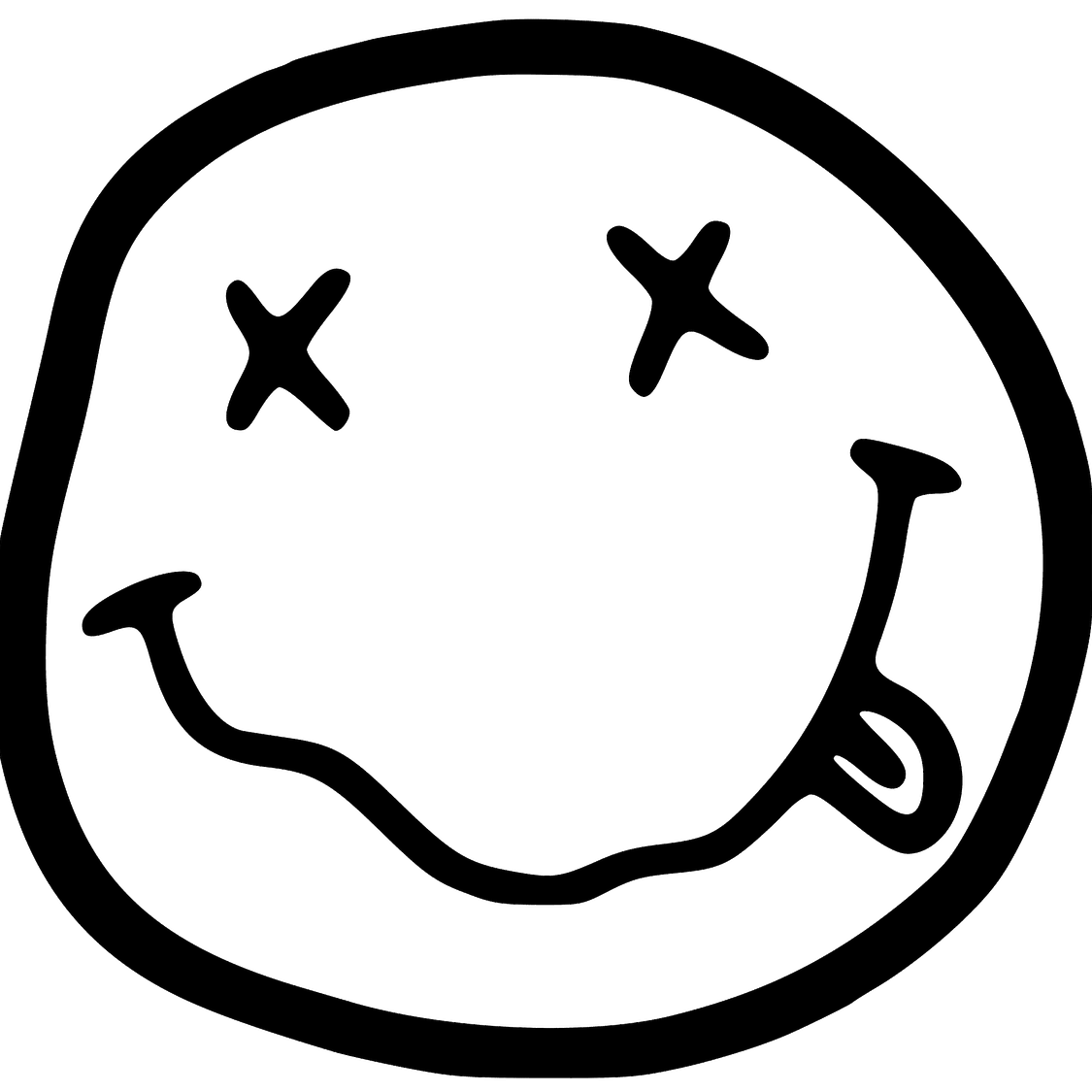What are T lymphocytes definition?
T lymphocytes are part of the immune system and develop from stem cells in the bone marrow. They help protect the body from infection and may help fight cancer. Also called T cell and thymocyte. Enlarge. Blood cell development.
What is the main function of T lymphocytes?
The T lymphocytes are regulators of adaptive function, serving as primary effectors for cell-mediated immunity. Antigenic specificity is dictated by means of the TCR heterodimer receptor, derived from recombination of gene segments.
What are the 4 types of T lymphocytes?
T Cell Activation
- Effector Cells. Depending on the APC a naïve cell comes across it can become an effector T cell.
- Cytotoxic T Cells. Cytotoxic T Cells, also known as CD8+ cells, have the primary job to kill toxic/target cells.
- Helper T Cells.
- Regulatory T Cells.
- Memory T Cells.
- Applications.
Why is it called T lymphocyte?
T cells derive their name from the thymus. After migration to the thymus, the precursor cells mature into several distinct types of T cells. T cell differentiation also continues after they have left the thymus.
Where are T lymphocytes found?
In terms of numbers, the majority of T cells in the human body are likely found within lymphoid tissues (bone marrow, spleen, tonsils, and an estimated 500-700 lymph nodes) with large numbers also present in mucosal sites (lungs, small and large intestines) and skin, with estimates of 2–3% of the total T cell …
What do T lymphocytes produce?
T cells are direct fighters of foreign invaders and also produced cytokines, which are biological substances that help activate other parts of the immune system. One such part is called macrophages. These macrophages act to clean up the invaders and the dead tissue after an immune response.
What are the 3 types of T cells?
There are 3 main types of T cells: cytotoxic, helper, and regulatory. Each of them has a different role in the immune response. Cytotoxic T cells (Tc cells) have a co-receptor called CD8 on their cell surface. CD8 partners with the T cell receptor and with MHC class I molecules, acting as a sort of bridge.
What are the 3 main types of T cells?
Where are T lymphocytes formed?
bone marrow
T lymphocytes develop from a common lymphoid progenitor in the bone marrow that also gives rise to B lymphocytes, but those progeny destined to give rise to T cells leave the bone marrow and migrate to the thymus (see Fig. 7.2). This is the reason they are called thymus-dependent (T) lymphocytes or T cells.
What are the three types of T lymphocytes?
There are 3 main types of T cells: cytotoxic, helper, and regulatory. Each of them has a different role in the immune response.
How many T cells are in our body?
Approximately 4 × 1011 T cells circulate in the adult human body (Jenkins et al., 2009), each with multiple T cell receptors (TCR) (Varma, 2008) on its surface.
Where are T cells found?
T cells populate virtually every organ and tissue in the body including primary and secondary lymphoid tissue, mucosal and barrier sites, exocrine organs, fat, and even the brain and central nervous system (CNS).
